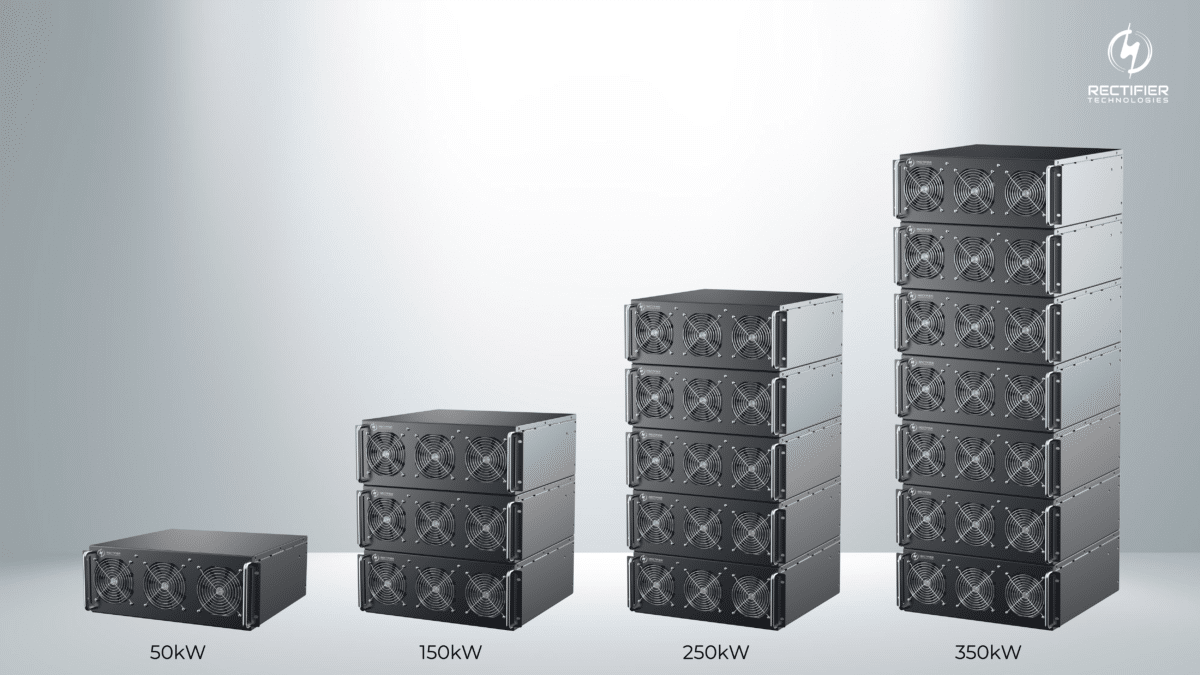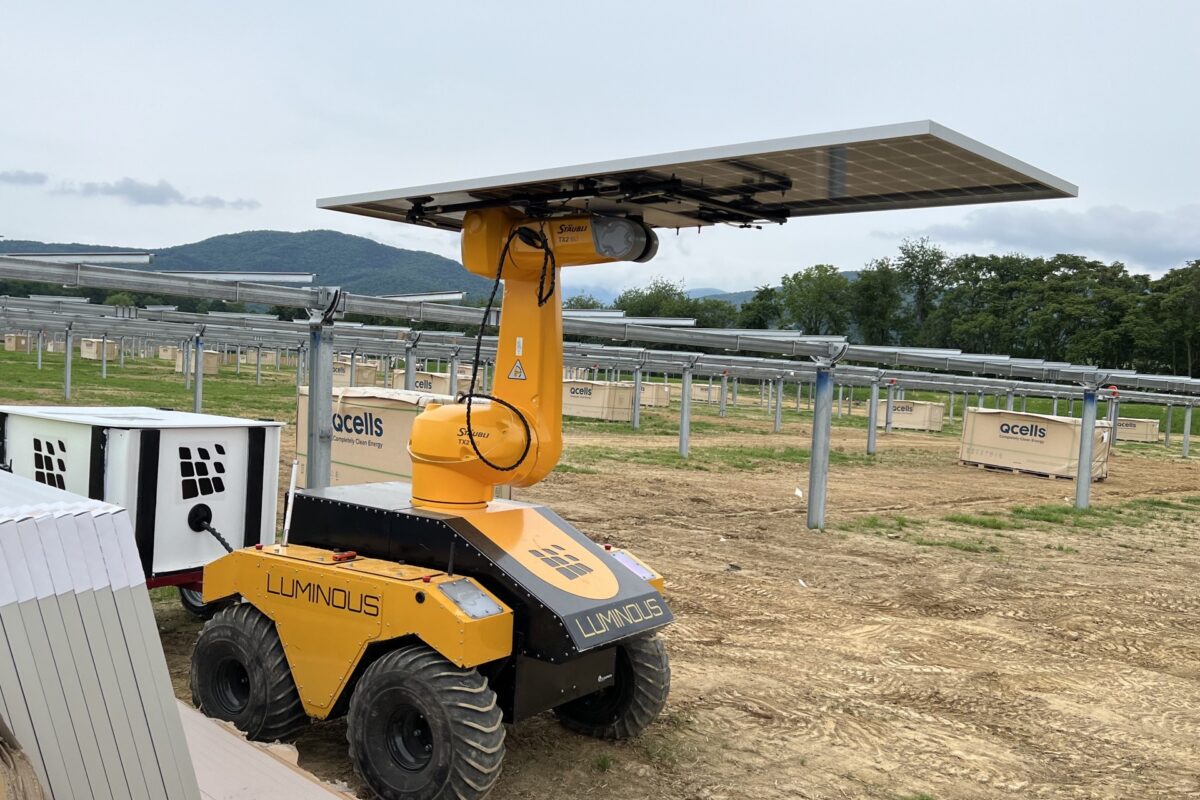Rectifier Technologies’ new isolated power converter, the RT22, is a 50kW electric vehicle (EV) charging module which can be simply stacked to increase capacity.
The RT22 also has reactive power control built into it, which reduces grid impact by providing a mechanism to regulate grid voltage levels. The converter opens the door for charger manufacturers to engineer High Power Charging (HPC) or fast charging suitable for city centres too, as the module is compliant to a number of standardised class categories.
The converter boasts an efficiency of more than 96% and a wide output voltage range between 50VDC to 1000VDC. Rectifier says this enables the converter to cater to battery voltages of all EVs currently available, including electric buses and new passenger EVs.
“We have put in the time to understand the pain points of HPC manufacturers and engineered a product that addresses as many of those issues as possible,” Nicholas Yeoh, Director of Sales at Rectifier Technologies, said in a statement.
Decreased grid impact
As High Powered DC charging networks of a similar size and power are rolled out across the world, electricity networks will be placed under increasing strain as they draw large and intermittent amounts of power which may cause voltage fluctuations. To add to this, network operators face difficulty installing HPCs without expensive network upgrades.
Rectifier says the RT22’s reactive power control remedies these issues, reducing network costs and offering greater flexibility in installation locations.
Increased High Powered Charging demand
Each RT22 EV charger module is rated at 50kW, with the company saying it is strategically sized to meet the defined power classes of DC Electric Vehicle chargers. For example, if a HPC manufacturer wants to create a 350kW high powered charger, they can simply connect seven RT22 modules in parallel, within the power enclosure.
“As electric vehicle adoption continues to increase and battery technologies improve, the demand for HPCs will consequently rise as they play a key role in the facilitation of long distance travel,” Yeoh said.
“The most powerful HPCs today sit at around 350kW, but higher capacities are being discussed and engineered to prepare for the electrification of heavier vehicles, such as freight trucks.”
Opening the door for HPC in urban areas
“With Class B EMC compliance, the RT22 can start from a lower noise foundation and thus be more suitable to being installed within an urban environment where electromagnetic interference (EMI) must be limited,” Yeoh added.
Currently, HPCs are mostly confined to highways, but Rectifier believes as EV penetration grows, so too will the demand for HPCs in urban centres.
“While the RT22 alone does not ensure the entire HPC will be Class B compliant – as there are many other factors beyond power supply that affect EMC – it makes sense to offer it at the power convertor level first and foremost,” Yeoh said. “With a compliant power converter, it is more possible to create a compliant charger.
“From the RT22, HPC manufacturers have the foundational piece of equipment required for charger manufacturers to potentially engineer a HPC suitable for urban areas.”
This content is protected by copyright and may not be reused. If you want to cooperate with us and would like to reuse some of our content, please contact: editors@pv-magazine.com.









By submitting this form you agree to pv magazine using your data for the purposes of publishing your comment.
Your personal data will only be disclosed or otherwise transmitted to third parties for the purposes of spam filtering or if this is necessary for technical maintenance of the website. Any other transfer to third parties will not take place unless this is justified on the basis of applicable data protection regulations or if pv magazine is legally obliged to do so.
You may revoke this consent at any time with effect for the future, in which case your personal data will be deleted immediately. Otherwise, your data will be deleted if pv magazine has processed your request or the purpose of data storage is fulfilled.
Further information on data privacy can be found in our Data Protection Policy.